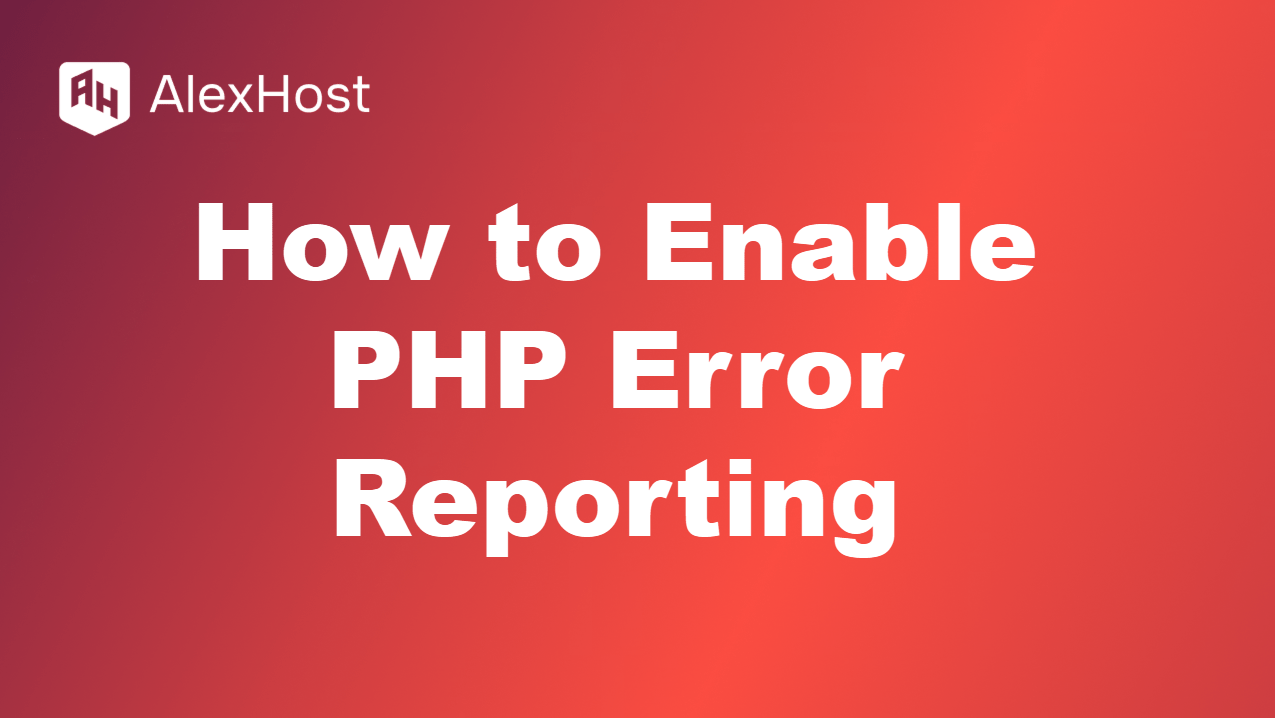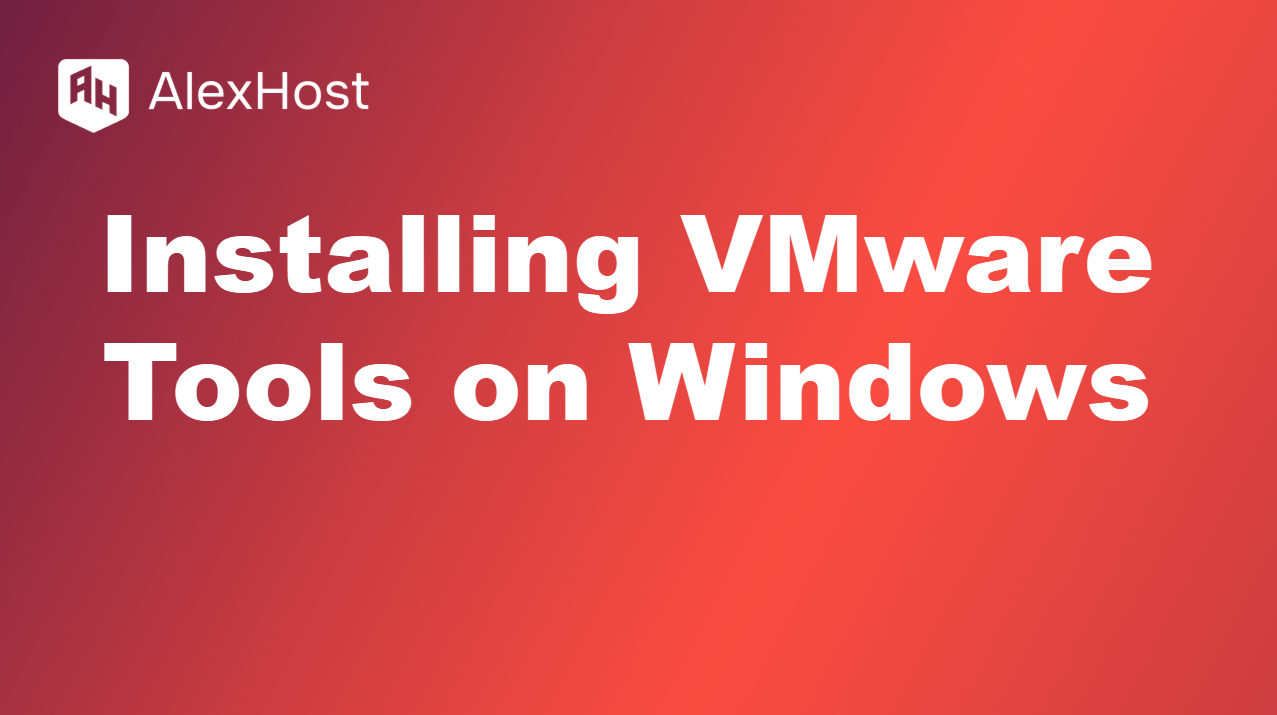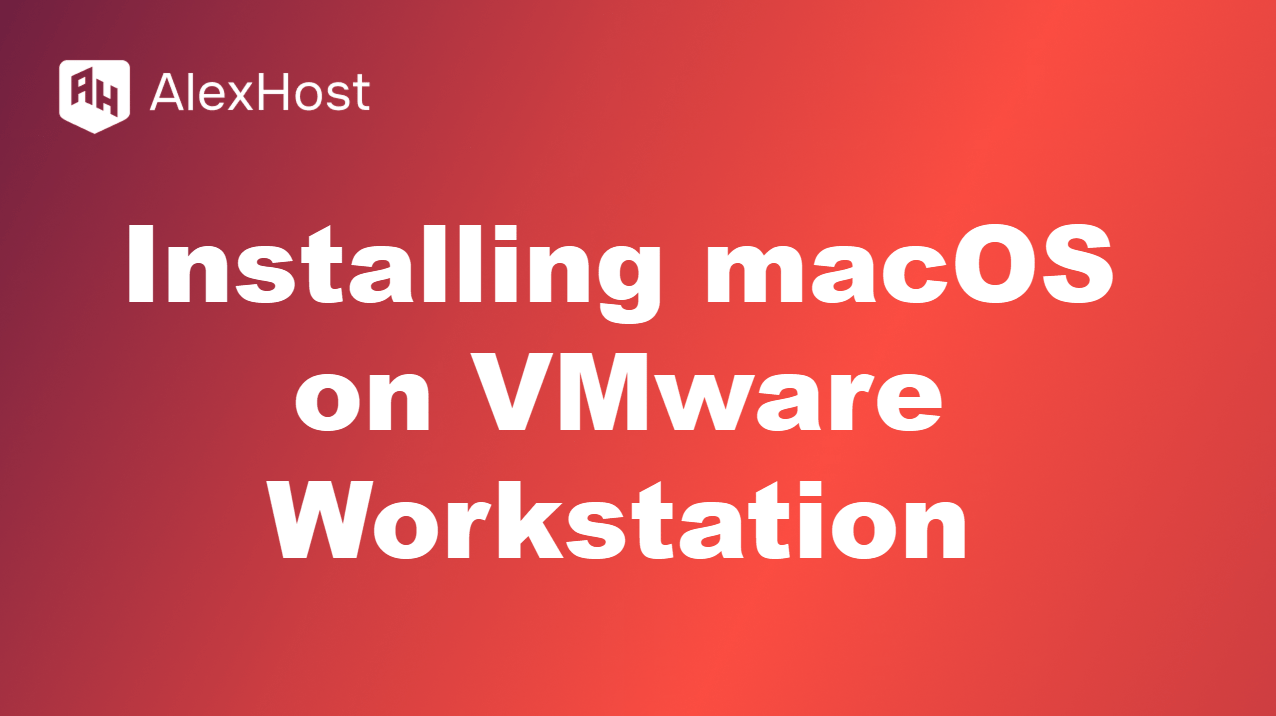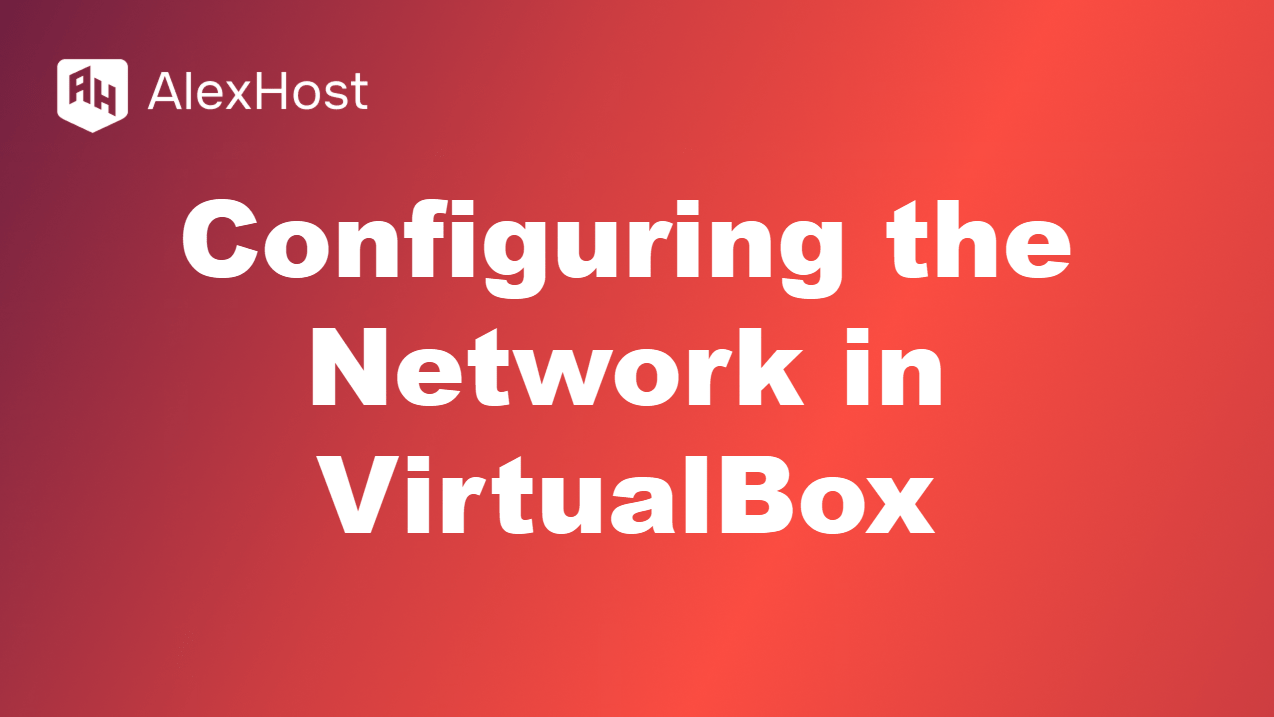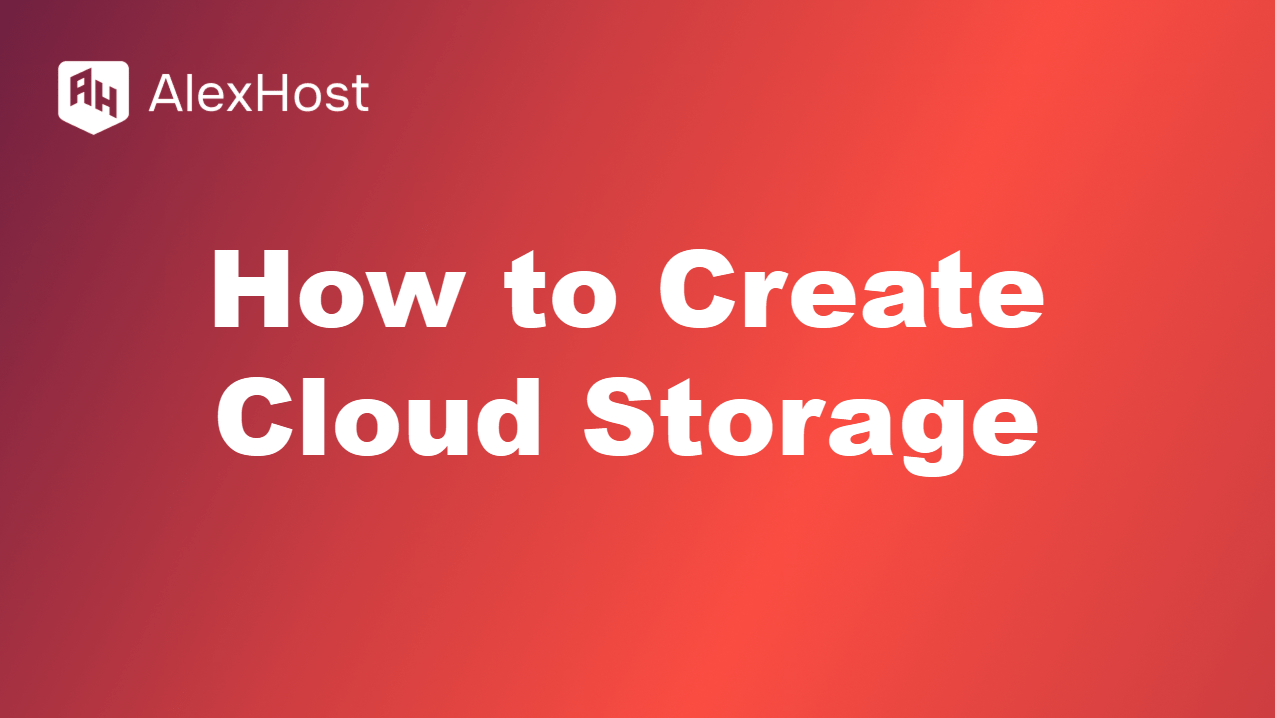Optimize PHP Performance with PHP-FPM on Your AlexHost VPS Why use PHP-FPM on AlexHost? PHP-FPM (FastCGI Process Manager) turbocharges PHP-based websites like WordPress or Laravel, delivering faster response times and efficient resource use. AlexHost’s VPS, with NVMe storage, full root access, and DDoS protection, is the perfect platform to run PHP-FPM, ensuring your applications handle […]
Read MoreDebugging and maintaining your PHP applications is seamless when hosted on a reliable platform. AlexHost’s VPS Hosting provides the perfect environment for PHP development, offering full root access, customizable configurations, and high-performance servers. Whether you’re enabling error reporting for debugging or optimizing your application for production, AlexHost ensures stability and flexibility for all your development […]
Read MoreProtecting your online presence starts with choosing a hosting provider that prioritizes security. AlexHost’s VPS Hosting is designed to provide flexibility and enhanced security, ensuring that your data and accounts remain safe from unauthorized access. With full root access, DDoS protection, and reliable performance, AlexHost gives you the confidence to manage your accounts and services […]
Read MoreInstall VMware Tools on AlexHost VPS for Enhanced Windows VM Performance Why install VMware Tools on AlexHost? VMware Tools boosts Windows VM performance with better graphics, mouse integration, and features like shared folders. AlexHost’s VPS with NVMe storage, root access, and DDoS protection provides a fast, secure platform for VMware VMs. This guide covers installing […]
Read MoreInstalling macOS on VMware Workstation allows users to run macOS as a guest operating system on a non-Mac hardware setup. This process is often used for development, testing, or educational purposes. However, it’s important to note that running macOS on non-Apple hardware may violate Apple’s End User License Agreement (EULA). This guide will provide you […]
Read MoreAutomation and efficiency are key to modern workflows, and AlexHost’s VPS Hosting provides the perfect platform to execute and manage your scripts seamlessly. With full root access, robust performance, and support for popular scripting languages like Python, Bash, and PHP, AlexHost empowers developers and administrators to streamline tasks, enhance web applications, and automate processes effortlessly. […]
Read MoreConfiguring the network settings in VirtualBox is crucial for enabling communication between your virtual machines (VMs), the host machine, and the external network. VirtualBox offers various networking modes to suit different use cases. This guide will cover how to set up and configure the network in VirtualBox. 1. Understanding Network Modes in VirtualBox VirtualBox provides […]
Read MoreMoving files to a virtual machine (VM) in VirtualBox can enhance productivity by allowing you to share data between your host machine and the guest operating system. This guide will walk you through several methods to transfer files into a VirtualBox VM. 1. Using Shared Folders One of the most effective ways to share files […]
Read MoreA 404 error occurs when a web page cannot be found on the server. This can happen due to a broken link, deleted content, or a mistyped URL. Redirecting users from a 404 error page to a more relevant page improves user experience and can help retain traffic on your site. This guide will outline […]
Read MoreCreating Cloud Storage: A Complete Guide with AlexHost Creating cloud storage allows you to store, access, and manage files remotely via the internet. Whether for personal use or business, it provides flexibility, accessibility, scalability, and enhanced security. This guide walks you through everything from understanding your storage needs to setting up your own cloud server […]
Read More







